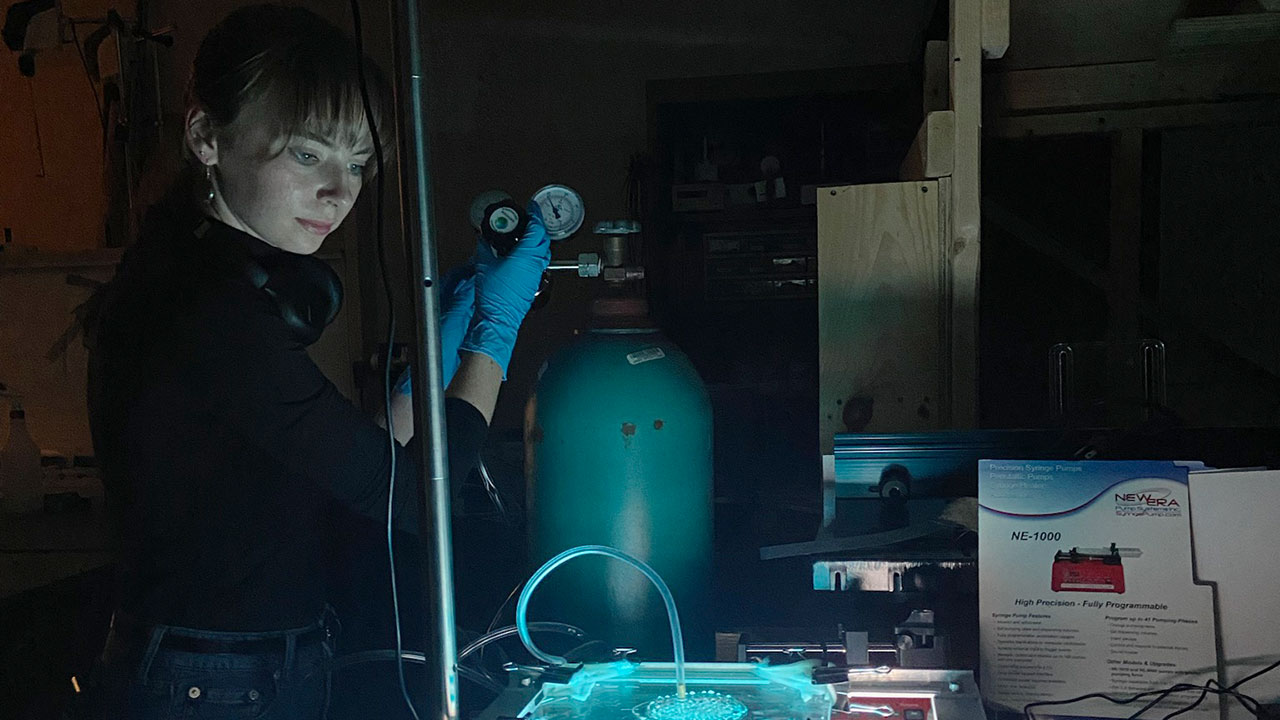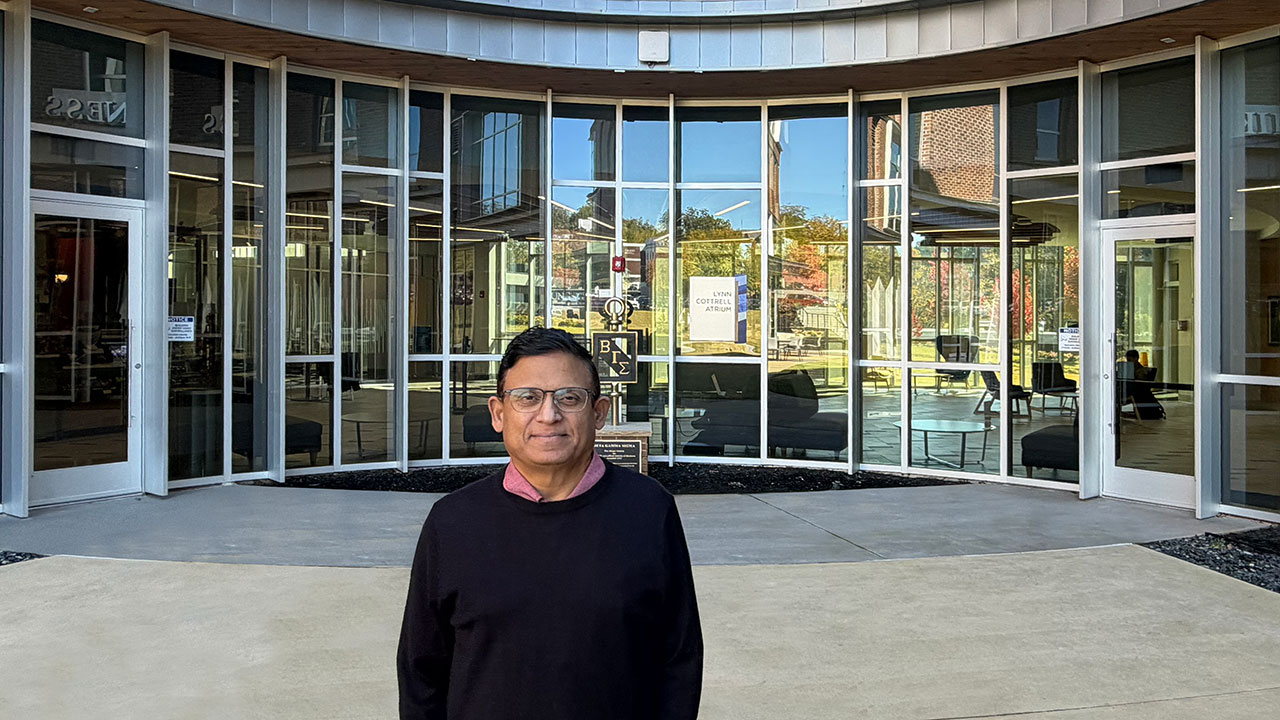Herbarium project continues to progress

More than two years ago, Dr. Tom Diggs dreamed of creating a small-scale herbarium on the University of North Georgia's (UNG) Gainesville Campus.
The herbarium would be a core collection of dried plant specimens mounted, labeled and organized. Once the information was verified, the plant would be photographed and the information uploaded to a database.
Now, the plan has reached the halfway point thanks to the hard work of UNG students and a 2018 Presidential Incentive Award.
"In 2018, we had very little organization and no database of samples," said Diggs, associate professor of plant biology at UNG. "Even though COVID-19 has slowed us down, we now have 2,000 to 3,000 dried and mounted specimens and an actively managed database."
Partnerships have helped that progress. Atlanta Botanical Garden's Gainesville location provided access to specimens of all the garden's pitcher plant species for research and teaching purposes. Students from UNG's Lewis F. Rogers Institute for Environmental and Spatial Analysis (IESA) and computer science in the Mike Cottrell College of Business are upgrading the database and adding geographic information to it.
Natalee Dula, a senior pursuing a degree in environmental spatial analysis, said the task is daunting but worthwhile.
"Organizing the specimens, gluing them down on the paper and labeling was relaxing," said the 23-year-old from Gainesville, Georgia. "It was really simplistic, but it needed to be done."
After working with the data sheets, Dula reached out to Owen Smith to tap his computer and coding skills. Smith, a senior pursuing a degree in environmental spatial analysis, agreed to help.
"The data was only in the sheets, which is not good for large searchable data sets," said Smith, a 21-year-old from Cleveland, Georgia. "We wanted to devise an open source database."
Smith devised a preliminary database with a dashboard and other application abilities. The initial geographic-information-system (GIS)-based database features each plant's information and pinpoints its location on a map. It also allows the user to zoom in and out on all plants' locations.
"It can be viewed as a cluster, which is visually appealing," Smith said. "As we continue this, we hope to incorporate a search. But this platform shows what can be done with the information."
Diggs, associate professor of biology, has been impressed with both students' work ethic and progress on the project.
"The GIS-based database will be a game changer," he said. "It will allow us to track actual collection locations for these plants and map them. We'll be able to obscure locations for sensitive or endangered plants, but make maps showing county level or even finer scale distribution."
Diggs and students agreed the project is still a work in progress. Smith pointed out each specimen's pictures still need to be added to the database. Dula noted hundreds more specimens still need to be identified, labeled, verified, photographed and uploaded. But both are committed to it.
"This is my last semester here, and I want to get the herbarium in shape for another student to come in and take the reins to complete the work," she said.
To help with the herbarium project or the database, contact Diggs at Tom.Diggs@ung.edu.



